A new BFI season will explore how “Queen of Blaxploitation” Pam Grier helped shape cinema, feminism and perceptions of Black women.
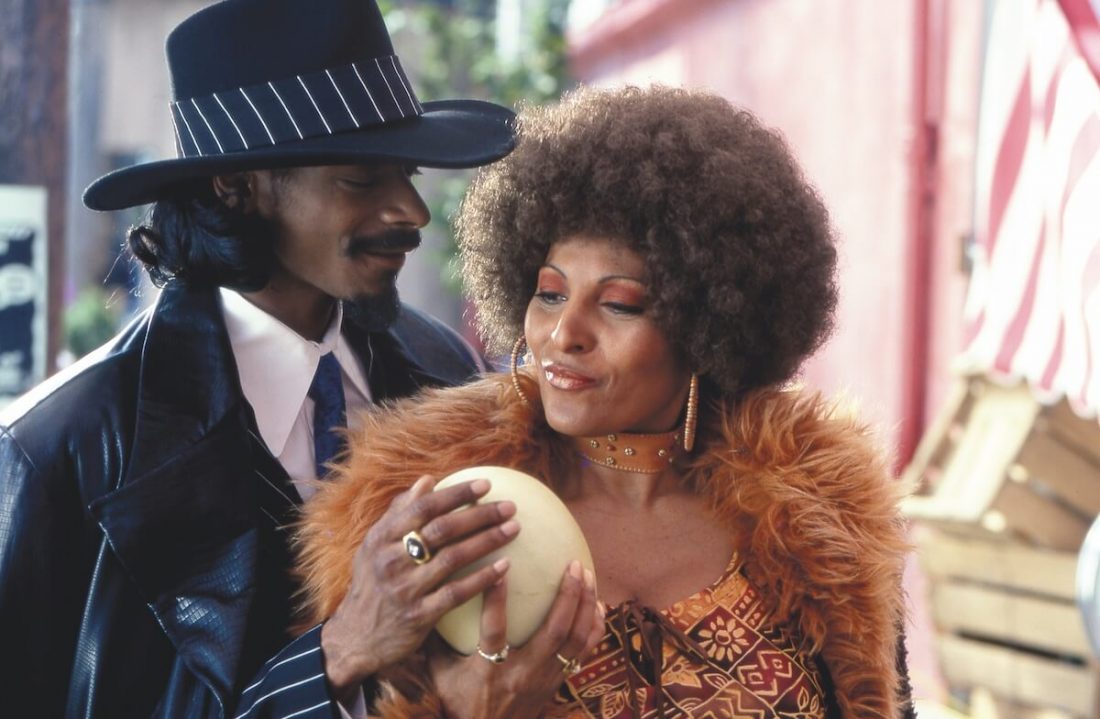
Pam Grier’s Hollywood career spans 50 years, starting in the 70s when she became known as the “Queen of Blaxploitation”. This month the British Film Institute (BFI) will honor film star Grier, now aged 73, with a season titled, “Pam Grier: Foxy, fierce and fearless”.
Grier was more than just a film star, she was a pioneer, paving the way for not only Black actresses but all female action leading ladies. Her portrayal of roles made it clear that you did not have to be a man to be an action hero.

All Rights Reserved
Black, beautiful, and powerful she demonstrated on film everything women could be. In her 2011 interview with The Guardian Grier explains that at the time she began acting roles for women of colour were “practically invisible, or painfully stereotypical”. She broke out of this mold not only so other actresses could follow but to give audiences a new type of role model.
Born Pamela Suzette Grier in Winston-Salem, North Carolina, her father worked as a mechanic and Technical Sergeant in the United States Air Force. His military career meant that as a child she moved often, eventually settling in Denver, Colorado. It was there that she appeared in stage productions, and beauty contests to raise money for college tuition.
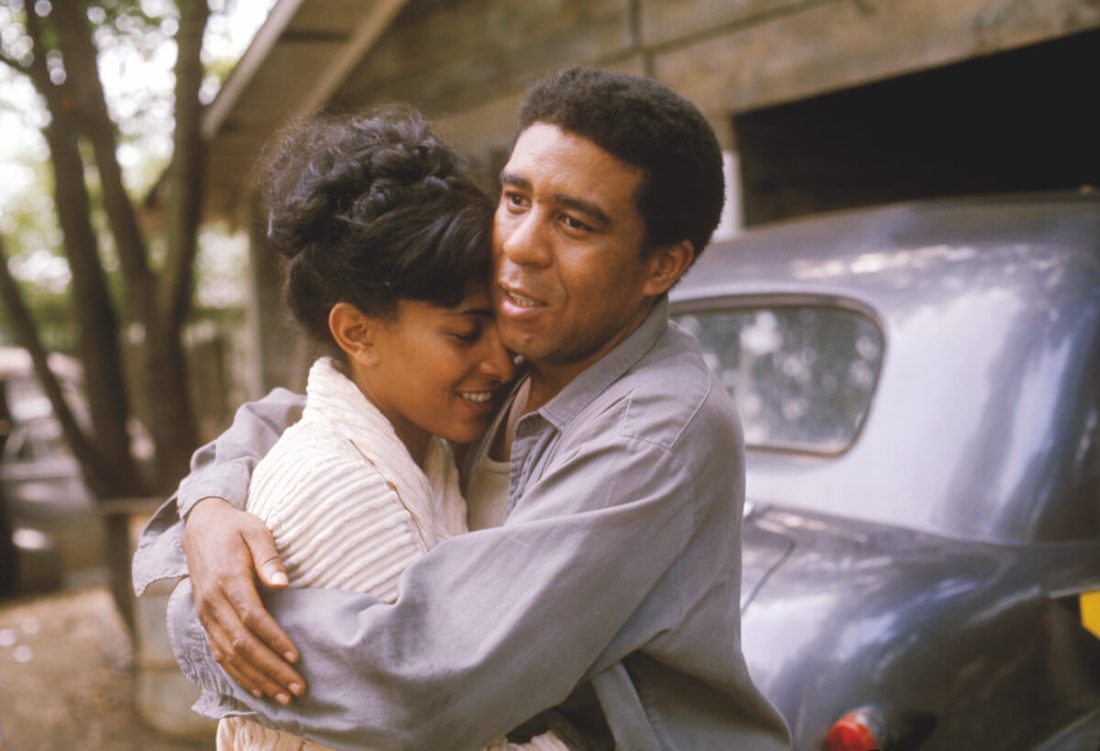
Grier’s life took a turn when she moved to Los Angeles, California in 1967. She got a job as a receptionist at the American International Pictures (AIP) Company. This is where she was discovered by Director Jack Hill who guided her path to becoming a true icon. She was cast in The Big Doll House (1971), and The Big Bird Cage (1972). These were known as Sexploitation films, that served largely as a vehicle for the exhibition of non-explicit sexual situations.
The soon to be icon was then cast as the lead of blaxploitation films like Coffy (1973) and Foxy Brown (1974). The blaxploitation genre were independent films that explored themes of crime, racial inequality and Black American struggles, crucially, they were made by Black filmmakers. Although they became popular with a wider demographic they were primarily aimed at Black audiences.
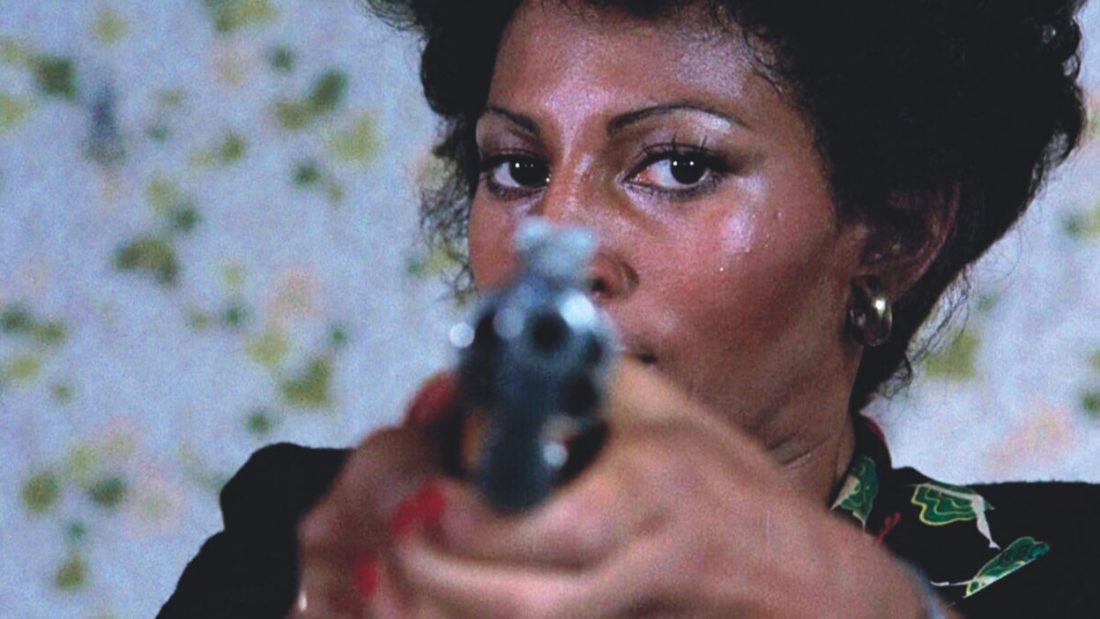
All Rights Reserved
Starring in more than 20 films between 1971 and 1981 it would be several decades after her big break that she played the title role in Jackie Brown (1997). This Quentin Tarantino film paid homage to her earlier work and although some people say it revived her career, it cannot be denied that she helped shape the type of female roles Tarintino would have in his movies. Tarantino himself once called her cinema’s “first female action star”.
Grier has always been a strong role model for Black women, she published her memoir, Foxy: My Life in Three Acts, in 2010. In the book she speaks about the experience of her diagnosis of cervical cancer in 1988 and how this affected her life and choices. She is an incredible inspirational survivor who also talks about the sexual assault she experienced at a young age.
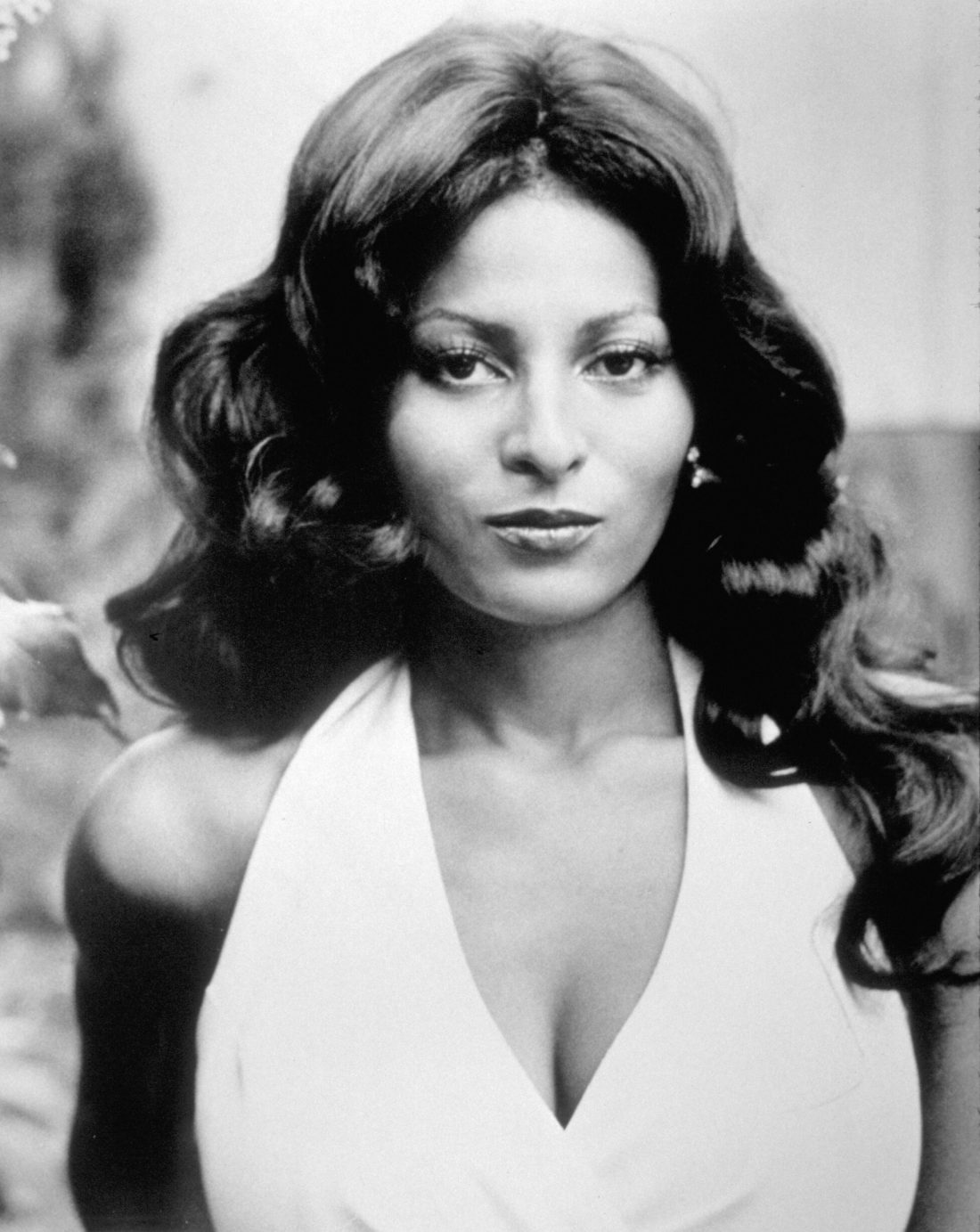
There are rumours of a biopic being produced based on Foxy: My Life in Three Acts. Whether or not this happens the movies Grier starred in will always continue to tell a greater story, the progression in representation of Black women in film.
Pam Grier: Foxy, Fierce and Fearless, a season programmed by film scholar Mia Mask, will run at BFI Southbank from 1 September – 4 October. The centerpiece being Pam Grier in Conversation on 9 September, where the iconic star will discuss her incredible career at the BFI Southbank. There will be a special screening of Foxy Brown (Jack Hill, 1974) on 10 September, which will be followed by a Q&A with Grier. BFI will also be showing key films from her career.
Unbought & Unbossed: 10 things you should know about Shirley Chisholm
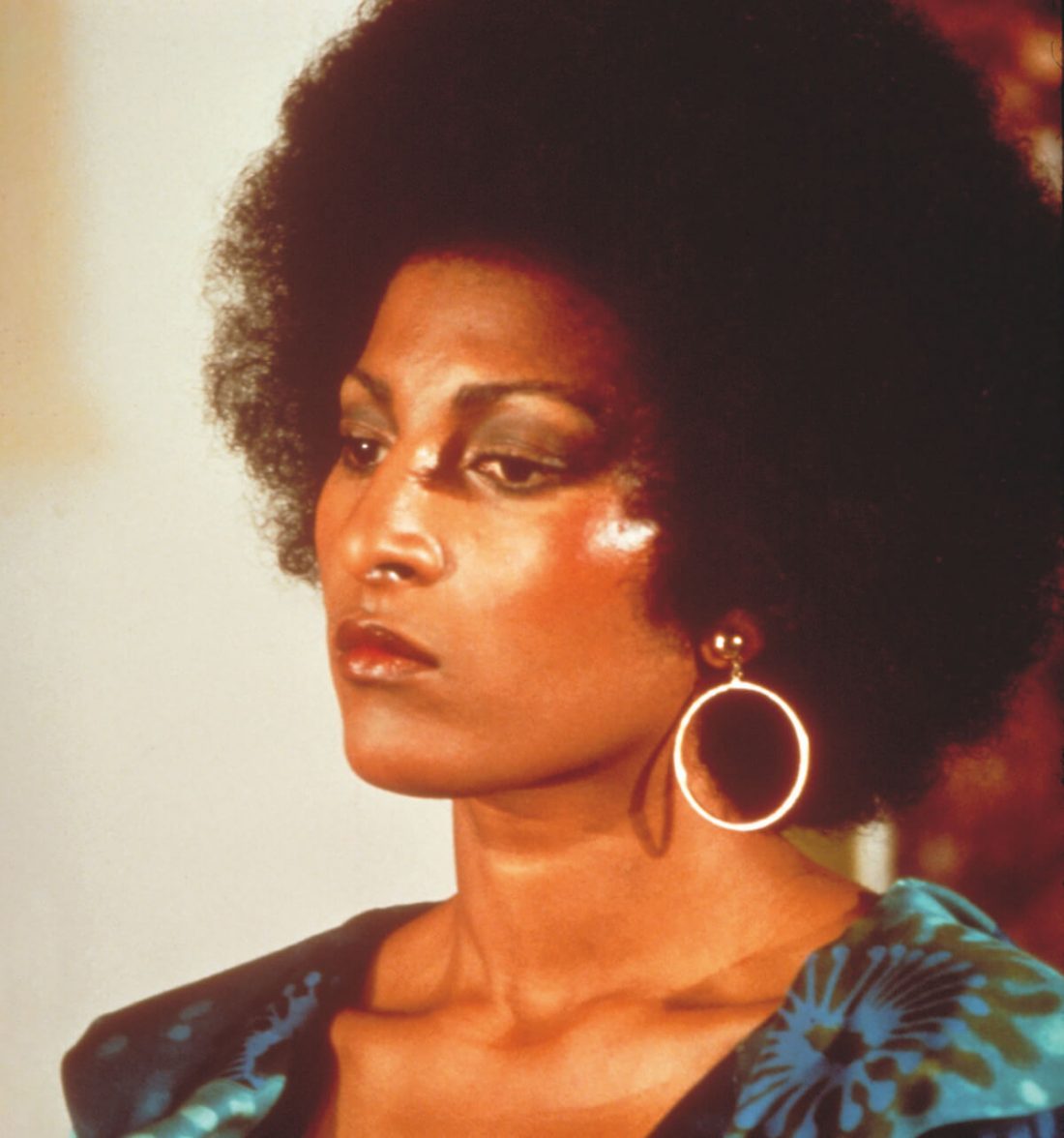
Season programmer, Mia Mask, said: “Grier became an icon because she represented activists working in the “real” world; her characters were powerful women who symbolised figures like politician Shirley Chisholm, scholar Angela Davis, and Black Panther Kathleen Cleaver, all of whom continue to resonate with contemporary political struggles.”
For more details and tickets for the Pam Grier season, visit BFI’s website.
Written by Catherine Wiltshire












